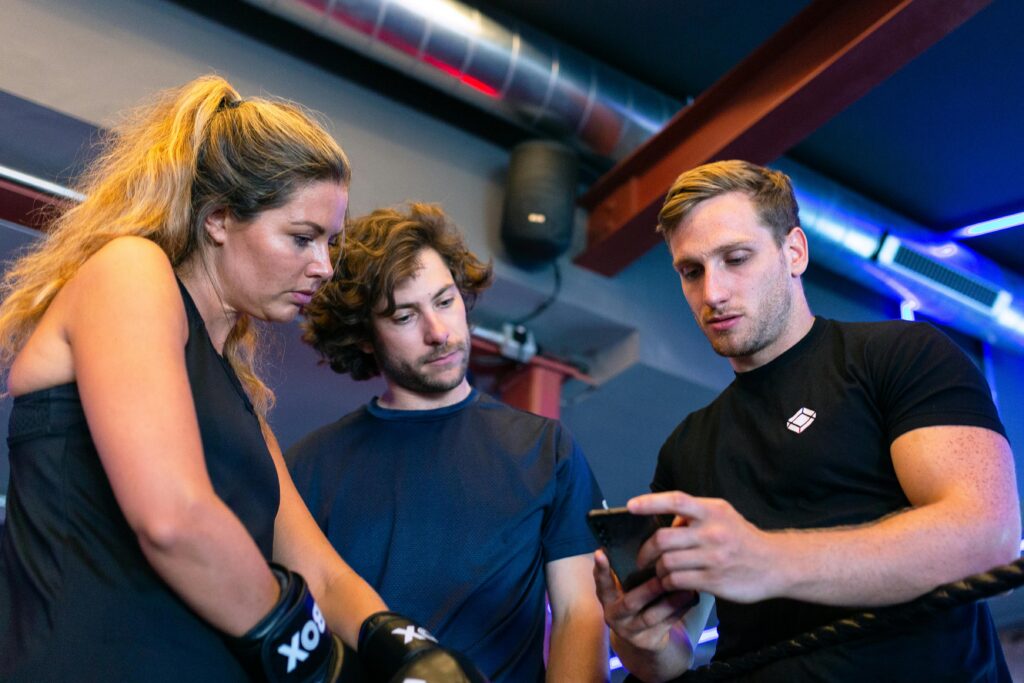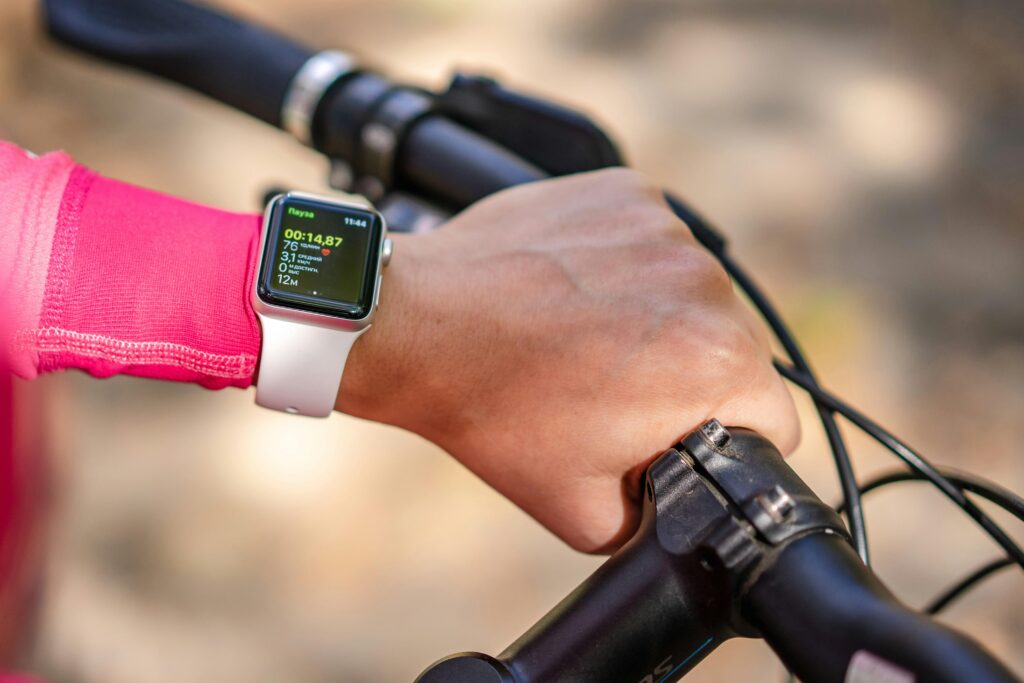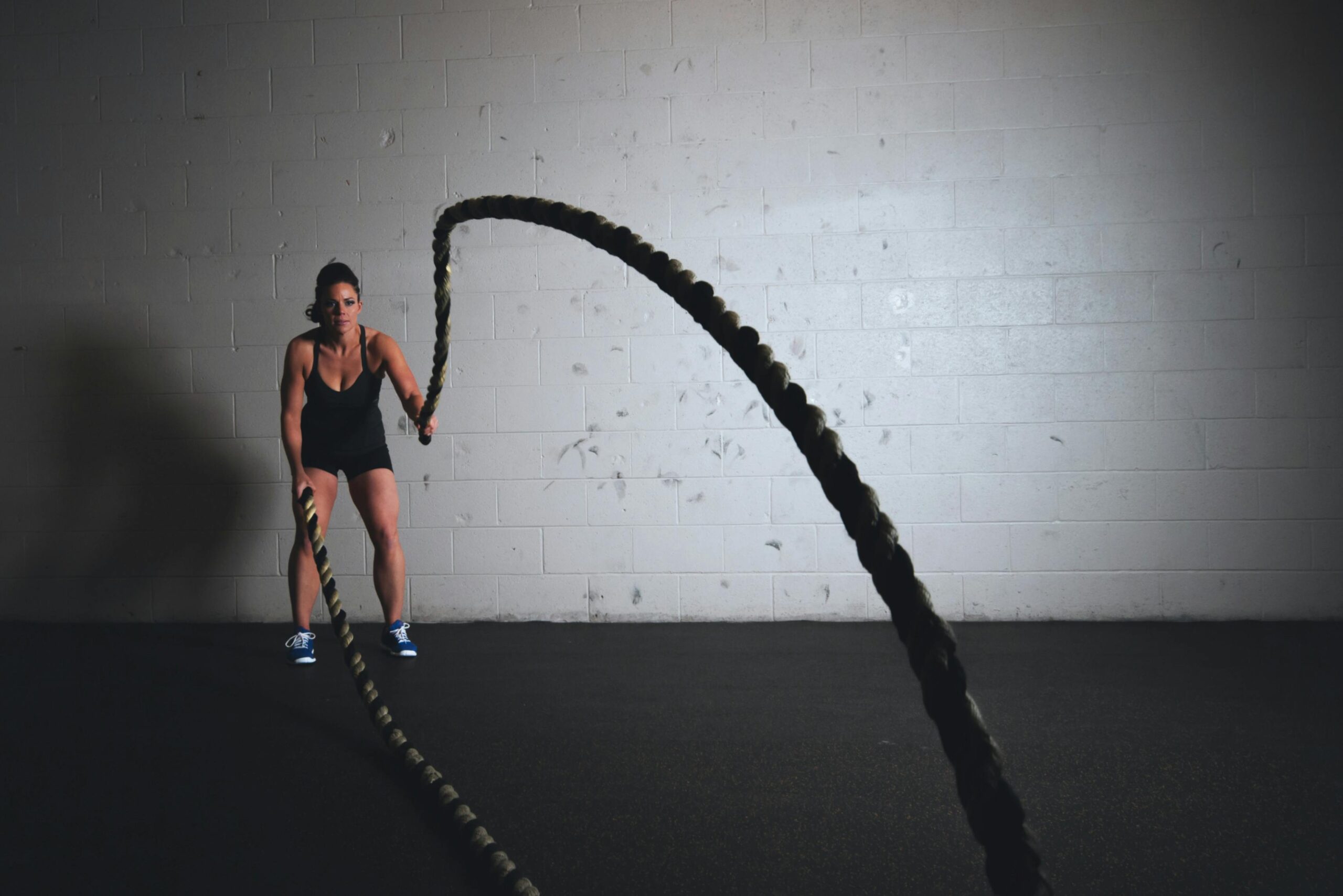Table of Contents
In today’s tech-savvy world, fitness-tracking apps have become indispensable tools for anyone looking to improve their health and achieve their fitness goals. These apps offer a range of features that help users monitor their progress, stay motivated, and make informed decisions about their fitness routines
Finding the right fitness tracking app can be overwhelming, given the many options available. This blog will explore the top fitness tracking apps, what to look for in a good app, and how to maximize the benefits of these tools to reach your fitness goals.
Introduction
Tracking your fitness progress is crucial for staying motivated and achieving your goals. Fitness tracking apps have revolutionized how we approach our health, providing valuable insights and helping us stay on track.
Whether you’re looking to lose weight, build muscle, or improve your overall fitness, there’s likely an app that fits your needs. In this blog, we’ll delve into some of the best fitness tracking apps available, exploring their features, pros, and cons to help you choose the right one for your fitness journey.
1. What to Look for in a Fitness Tracking App

Key Features
When selecting a fitness tracking app, it’s important to consider the features that will best support your fitness goals. Essential features to look for include:
- Ease of Use: The app should have a user-friendly interface that is easy to navigate.
- Integration with Other Devices: Compatibility with wearables and other devices can enhance tracking accuracy.
- Variety of Tracking Options: Look for apps that offer a range of tracking options, such as steps, heart rate, sleep, and workouts.
- Customization: The ability to set personalized goals and receive tailored recommendations can improve your fitness journey.
Customization and Personalization
Personalization is key in fitness tracking. An app that allows you to set specific goals and provides customized feedback can significantly enhance your motivation and results. For instance, apps that adjust workout plans based on your progress or offer tailored nutrition advice are particularly valuable.
Compatibility and Integration
Ensure that the app integrates well with other devices and platforms you use, such as smartphones, fitness trackers, or smartwatches. Compatibility with platforms like Apple Health or Google Fit can make it easier to track all aspects of your health in one place.
Community and Social Features
Apps that offer community engagement, challenges, and social features can provide additional motivation. Connecting with others who share similar goals or participating in community challenges can help you stay accountable and make your fitness journey more enjoyable.
2. Top Fitness Tracking Apps
a. MyFitnessPal
Overview of Features: MyFitnessPal is renowned for its extensive food database and calorie counting capabilities. It also tracks exercise and provides detailed insights into your nutritional intake.
Pros:
- Extensive food database with over 11 million foods.
- Integration with other fitness apps and devices.
- User-friendly interface and easy to log meals and workouts.
Cons:
- Some features require a premium subscription for advanced functionalities.
- The free version may be limited in terms of detailed nutrient tracking.
Best For: Individuals focused on nutrition and calorie tracking. It’s ideal for those who want to closely monitor their diet and exercise in one place.
b. Strava
Overview of Features: Strava is a favorite among runners, cyclists, and swimmers. It offers GPS tracking for various activities, detailed performance analytics, and a strong social component.
Pros:
- Robust GPS tracking with detailed route mapping.
- Community features such as challenges and leaderboards.
- In-depth performance metrics and insights.
Cons:
- Some advanced features are locked behind a paywall.
- More geared towards endurance sports, which may not appeal to everyone.
Best For: Runners, cyclists, and outdoor enthusiasts who want detailed performance data and a community-oriented experience.
c. Fitbit
Overview of Features: Fitbit offers comprehensive health tracking through its wearable devices. It tracks steps, heart rate, sleep patterns, and more. The app integrates seamlessly with Fitbit devices.
Pros:
- Comprehensive health and fitness tracking, including heart rate and sleep.
- Intuitive and easy-to-use interface.
- Integration with Fitbit devices for accurate tracking.
Cons:
- Best features require owning a Fitbit device.
- Some features are limited without a premium subscription.
Best For: Users who want all-around health tracking and integration with wearable devices for a complete picture of their fitness.
d. Nike Training Club
Overview of Features: Nike Training Club provides a vast library of guided workouts and training plans. It caters to various fitness levels and requires no equipment for many workouts.
Pros:
- High-quality free workouts with professional trainers.
- Wide variety of workout types, from strength training to yoga.
- Structured training plans that adapt to your progress.
Cons:
- Limited tracking beyond workout performance.
- Less focus on diet and nutrition.
Best For: Individuals seeking guided workouts and structured training plans without needing additional equipment.
e. Apple Fitness+
Overview of Features: Apple Fitness+ offers a range of video workouts and integrates seamlessly with Apple Watch. It provides personalized recommendations based on your fitness data.
Pros:
- Integration with Apple devices for a seamless experience.
- Wide range of workouts with professional trainers.
- Personalized recommendations based on your fitness metrics.
Cons:
- Requires Apple devices and a subscription.
- Limited to Apple ecosystem users.
Best For: Users within the Apple ecosystem looking for a comprehensive and integrated fitness experience.

3. Specialized Fitness Tracking Apps
a. Headspace
Overview of Features: While not a traditional fitness app, Headspace focuses on mental health with guided meditation and mindfulness exercises.
Best For: Individuals interested in managing stress and improving mental well-being as a complement to their physical fitness routine.
b. MapMyRun/MapMyFitness
Overview of Features: These apps offer GPS tracking, workout logging, and community challenges. They provide detailed performance metrics and are great for tracking running and other fitness activities.
Best For: Runners and those who enjoy detailed performance tracking and community challenges.
c. Cronometer
Overview of Features: Cronometer provides detailed nutrition tracking with a focus on micronutrient analysis. It’s ideal for those who want in-depth information about their diet.
Best For: Users focused on detailed nutriti
on tracking and understanding their micronutrient intake.
4. How to Choose the Right App for You
Choose an app that aligns with your specific fitness goals. If weight loss is your priority, apps like MyFitnessPal that focus on nutrition tracking may be ideal. For endurance training, Strava’s GPS and performance analytics could be more suitable.
Consider Your Lifestyle
Think about how the app fits into your daily routine. If you’re constantly on the go, an app with easy-to-log features and integration with wearable devices might be best. If you prefer structured workouts, Nike Training Club or Apple Fitness+ could be a good fit.
Trial and Error
Don’t hesitate to try out different apps to see which one suits your needs best. Many apps offer free trials or basic versions, allowing you to explore their features before committing.

5. Maximizing the Benefits of Fitness Apps
Setting Up Properly
Ensure you set up your app accurately for the best results. Input your personal data, set realistic goals, and configure the app to track the metrics that matter most to you.
Consistency is Key
Use the app consistently to track your progress. Regular logging of your workouts, nutrition, and other health metrics helps you stay on track and see improvements over time.
Using Data to Adjust Your Routine
Leverage the data provided by the app to make informed decisions about your fitness routine. Adjust your workouts or diet based on the insights and feedback you receive to optimize your progress.

Conclusion
Fitness tracking apps offer invaluable tools for monitoring progress, staying motivated, and achieving your fitness goals. By understanding the features and benefits of top apps like MyFitnessPal, Strava, Fitbit, Nike Training Club, and Apple Fitness+, you can choose the one that best fits your needs
Remember to assess your goals, consider your lifestyle, and try different apps to find the perfect fit. With the right app and a consistent approach, you’ll be well on your way to reaching your fitness goals and enjoying a healthier, more active life


